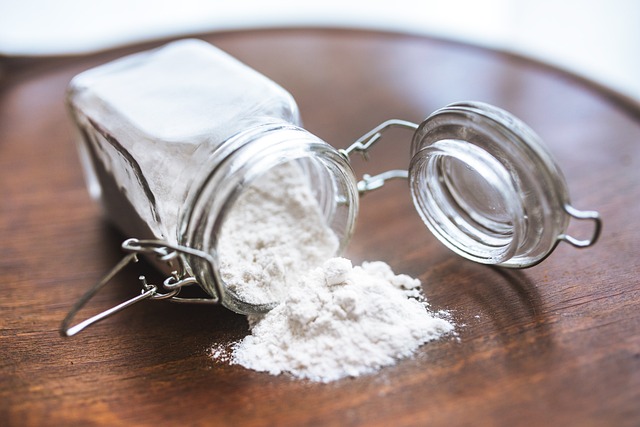Nitrate and nitrite - New limit values published

Potassium nitrite (E 249), sodium nitrite (E 250), sodium nitrate (E 251) and potassium nitrate (E 252) are additives that have been used as preservatives for many decades. These salts are traditionally used to cure meat and other perishable products. They also contribute to their typical taste, smell and appearance. They are added to processed foods to preserve them and prevent the growth of harmful microorganisms. What is particularly important here is the inhibitory effect against Clostridium botulinum, a classic pathogen that causes food poisoning. It forms heat-resistant spores that are extremely resilient and are only killed at temperatures above 100 degrees Celsius. If living conditions are favorable, these germinate again and form various toxins, which are among the strongest known poisons.
The problem with nitrates and nitrites in foods is that they can lead to the formation of nitrosamines, some of which are carcinogenic. Nitrates themselves are relatively harmless, according to the Federal Institute for Risk Assessment (BfR): “Nitrates can be converted into nitrite, the substance that actually poses a health problem, in food or during digestion through the action of bacteria.”
In early October 2023, the Commission of the European Union (EU) decided with a new regulation that new limit values for nitrate and nitrite as food additives will apply in the EU in the future. They are based on a reassessment by the EFSA (European Food Safety Authority) and have been reduced significantly - often by half - for all foods. Nevertheless, these lower limit values would still offer protection against pathogenic bacteria such as listeria, salmonella and clostridia, but consumers' exposure to possible carcinogenic nitrosamines would be reduced, according to the European Commission.
Food companies have two years to adjust to the new limits. For example, this applies to: Kasseler, roast meat, surf meat and other meat preparations until October 9, 2025 a limit for the entry of Nitrites of 150 milligrams per kilogram and From October 9, 2025, a limit of 80 milligrams per kilogram. The limit value for nitrate input for pickled herring and sprat has also been reduced by almost half. For cheese, the transition period is three years, taking into account the long maturation period before some types of cheese are placed on the market. For example, in the “whey cheese” category, the permissible limit for the entry of nitrates is reduced from 150 milligrams per kilogram to 75 milligrams per kilogram.
Rüdiger Lobitz, www.bzfe.de
